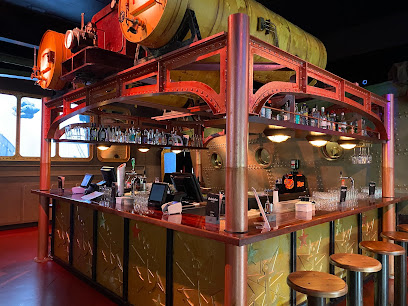
Oranienburger Straße 36: A Hub of Berlin's Vibrant History
Explore Berlin's vibrant Oranienburger Straße: where history meets art, culture, and nightlife in the heart of Mitte, offering a unique glimpse into the city's soul.
Oranienburger Straße 36, nestled in the heart of Berlin's Mitte district, stands as a silent witness to the city's tumultuous past and dynamic present. Once a vibrant center of Jewish life before the horrors of World War II, the street has reinvented itself time and again, emerging as a cultural hotspot teeming with art galleries, theaters, restaurants, and nightlife. The iconic New Synagogue, a testament to resilience and remembrance, anchors the street's historical significance, while the nearby Hackesche Höfe offer a glimpse into Berlin's unique courtyard culture. Today, Oranienburger Straße is a bustling promenade, attracting tourists and locals alike with its eclectic mix of history, art, and entertainment. From the remnants of the Tacheles art center to the trendy shops and cafes, the street encapsulates Berlin's spirit of constant evolution and creative energy. Exploring Oranienburger Straße is like walking through the pages of a living history book, where every corner tells a story of survival, transformation, and artistic expression.
A brief summary to Oranienburger Str. 36
- Oranienburger Str. 36, Berlin, Mitte, 10117, DE
Local tips
- Visit the New Synagogue to learn about the rich history of Berlin's Jewish community and its resilience through challenging times.
- Explore the Hackesche Höfe, a network of interconnected courtyards with unique shops, cafes, and art galleries, offering a glimpse into Berlin's hidden gems.
- Take a stroll along the street in the evening to experience the vibrant nightlife, with numerous bars and restaurants catering to diverse tastes.
Getting There
-
Public Transport
Oranienburger Straße is easily accessible via public transport. The S-Bahn station Oranienburger Straße (lines S1, S2, S25, S26) is located directly on the street. Alternatively, you can take the U6 subway line to Oranienburger Tor station, which is a short walk away. Tram lines M1 and M5 also stop on Oranienburger Straße. A short trip ticket (Kurzstrecke) for the S-Bahn, U-Bahn, or tram costs around €2.00-€2.30.
-
Taxi/Ride-Share
Taxis and ride-sharing services are readily available throughout Berlin. A short taxi ride from a central location like Alexanderplatz or Friedrichstrasse station to Oranienburger Straße will typically cost between €8 and €12, depending on traffic.
-
Driving
If driving, be aware that parking in the Mitte district can be limited and expensive. There are several parking garages in the vicinity, including Tiefgarage am Tacheles (Oranienburger Straße 65). Parking rates typically range from €3.50 per hour to €35 per day.
Discover more about Oranienburger Str. 36
Iconic landmarks you can’t miss
Oranienburger Str. 36
0.0 km
Discover the historic Oranienburger Str. 36, a symbol of Berlin's rich history and vibrant culture, nestled in the heart of the city's Mitte district.
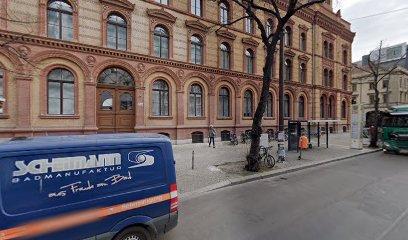
Oranienburger Str.
0.1 km
Experience Berlin's vibrant heart on Oranienburger Straße: a captivating blend of history, culture, and nightlife in the city's Mitte district, offering an unforgettable urban adventure.
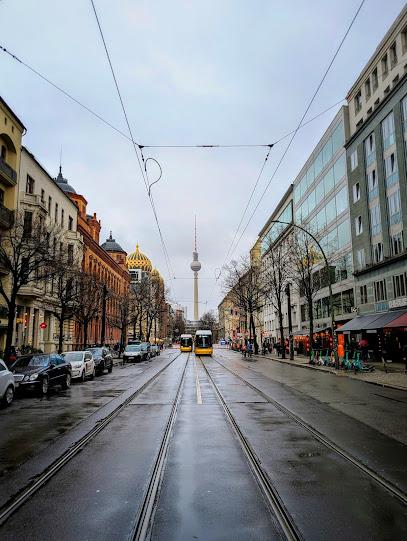
Friedrichstraße 107
0.3 km
Explore Friedrichstraße 107, a stunning architectural gem in Berlin's Mitte, embodying the city's rich history and vibrant modern culture.
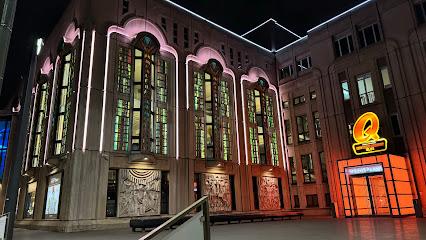
Friedrichstraße 205
0.4 km
Discover the architectural beauty and cultural vibrancy of Friedrichstraße 205, a historic landmark in the heart of Berlin's Mitte district.
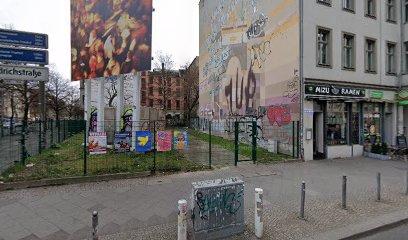
Mündung Südpanke
0.6 km
Discover the serene Mündung Südpanke in Berlin-Mitte, where the restored Südpanke River meets the Spree, offering a tranquil escape and a glimpse into the city's green heart.

Tränenpalast
0.7 km
Experience the poignant history of divided Berlin at the Tränenpalast, the 'Palace of Tears,' a preserved border crossing offering a powerful glimpse into Cold War life.
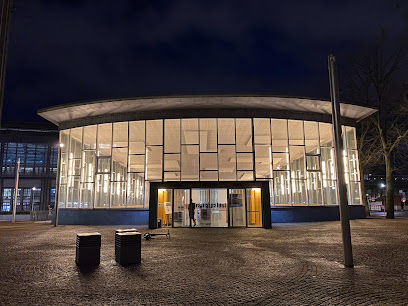
Equestrian statue of Frederick William IV
0.7 km
Discover the grandeur of Berlin's past at the Equestrian Statue of Frederick William IV, a stunning memorial celebrating Prussian history and artistry.
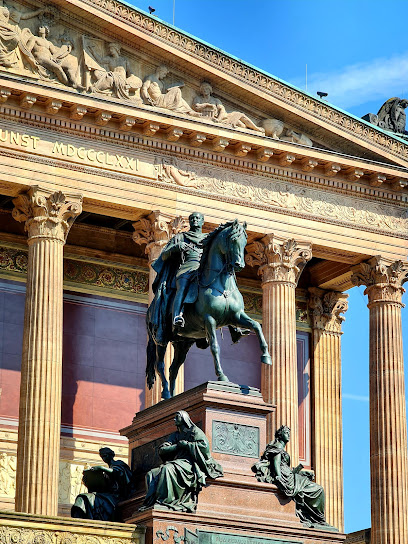
Adolph-Diesterweg-Denkmal
0.7 km
Discover the Adolph-Diesterweg-Denkmal in Berlin, a tribute to a visionary educator and a symbol of progressive educational reform in 19th-century Germany.
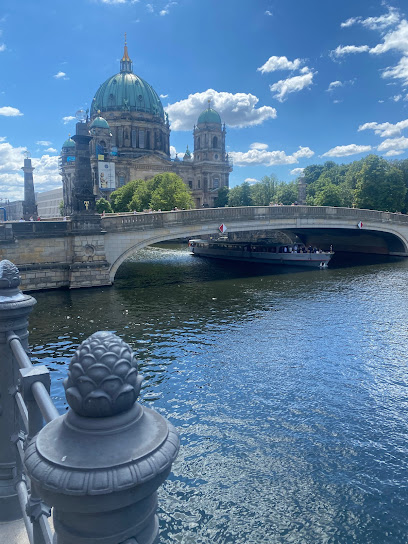
Trains to Life – Trains to Death
0.7 km
Discover the poignant history of the Kindertransport at Trains to Life – Trains to Death, a memorial in Berlin reflecting on resilience and hope.
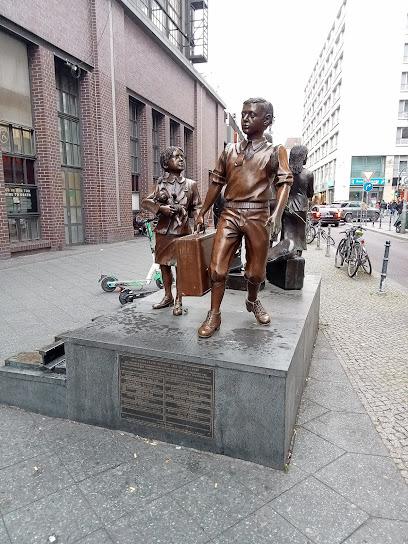
Kolonnadenhof
0.7 km
Explore Kolonnadenhof, a stunning courtyard on Berlin's Museum Island, where art, history, and architecture come together in a serene setting.
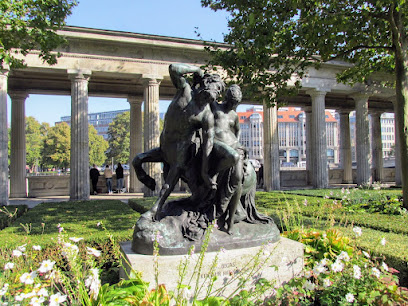
Invalidenstraße 10
0.7 km
Explore Invalidenstraße 10, a historical gem in Berlin's Mitte district, showcasing the city's rich architectural heritage and vibrant cultural scene.
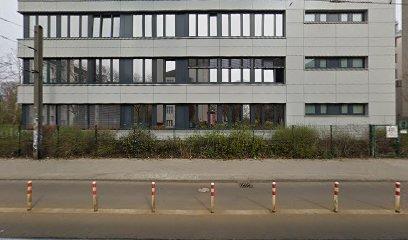
Friedrichsbrücke 1
0.7 km
A historic Berlin bridge connecting Museum Island with the mainland, offering stunning views and a glimpse into the city's rich past and vibrant present.
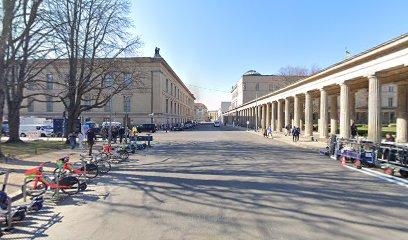
Altes Museum
0.8 km
Explore ancient Greek, Roman, and Etruscan art and culture at Berlin's Altes Museum, a neoclassical gem on Museum Island, showcasing classical antiquities since 1830.

UNESCO Weltkulturerbe Museumsinsel
0.8 km
Explore the iconic Museumsinsel: A UNESCO World Heritage Site featuring world-class museums and a rich tapestry of history in the heart of Berlin.
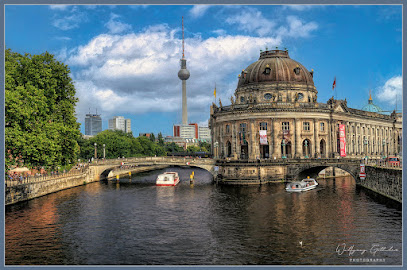
Berlin Buddy Bear - Adina
0.8 km
Discover Berlin's iconic Buddy Bears: colorful symbols of tolerance, unity, and the city's vibrant art scene, scattered throughout the heart of Berlin.
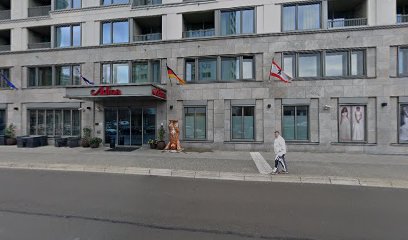
Unmissable attractions to see
Heckmann-Höfe
0.1 km
Experience the charm of Heckmann-Höfe, a historical landmark in Berlin offering art, dining, and unique shopping in a picturesque setting.

Stolperstein Martin Jonas
0.1 km
Explore the Stolperstein Martin Jonas in Berlin: A powerful memorial that honors Holocaust victims and invites reflection on the importance of remembrance.
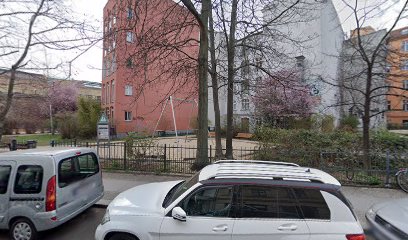
New Synagogue Berlin - Centrum Judaicum
0.1 km
Explore the New Synagogue Berlin, a beautiful fusion of history, culture, and architecture, celebrating Jewish heritage in the heart of the city.

Jewish Community of Berlin
0.1 km
Explore the rich history and cultural significance of the Jewish Community of Berlin, a cornerstone of the city's vibrant heritage.
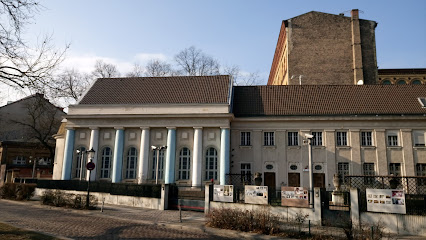
KW Institute for Contemporary Art
0.2 km
Explore the forefront of contemporary art at the KW Institute for Contemporary Art in Berlin, featuring innovative exhibitions and dynamic cultural programs.
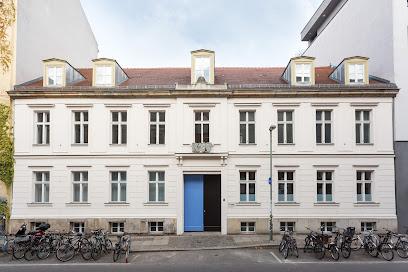
Samurai Museum Berlin
0.2 km
Explore the rich heritage of samurai culture at the Samurai Museum Berlin, showcasing exquisite artifacts and insightful exhibits in the heart of the city.
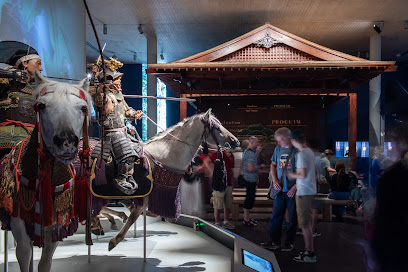
Sachsenhausen Tour Berlin Concentration Camp Memorial Tour
0.2 km
Discover the profound history of Sachsenhausen Concentration Camp Memorial in Berlin, a vital reflection on human rights and remembrance.

Robot City Segway Tour Berlin
0.2 km
Experience Berlin like never before with the Robot City Segway Tour, combining fun, history, and breathtaking sights in one unforgettable adventure.

Clärchens Ballroom
0.3 km
Experience the vibrant spirit of Berlin at Clärchens Ballroom, where delicious cuisine meets lively dance in a historic setting.
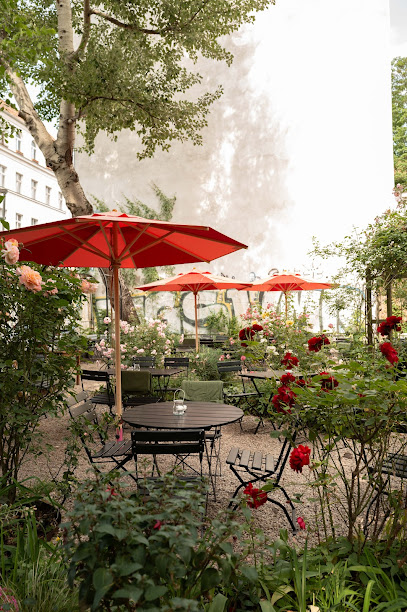
Eigen + Art
0.3 km
Immerse yourself in the innovative world of contemporary art at Eigen + Art Gallery in Berlin's vibrant Mitte district.
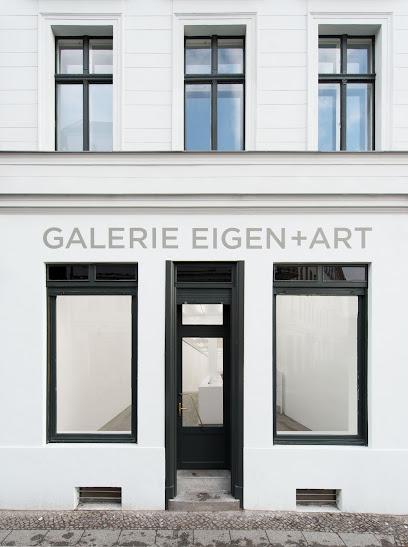
Friedrichstadt-Palast
0.3 km
Discover the magic of Friedrichstadt-Palast, Berlin's premier performing arts venue, renowned for its spectacular shows and vibrant cultural atmosphere.
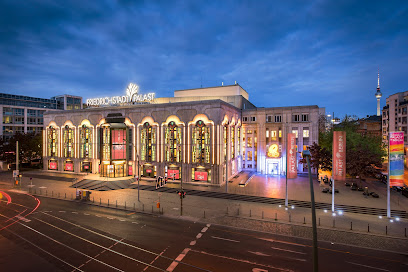
Monbijoupark
0.4 km
Discover Monbijoupark, a serene urban park in Berlin's Mitte district, where lush greenery meets cultural landmarks and artistic charm.

Waterfront Promenade
0.4 km
Experience Berlin's vibrant heart on the Waterfront Promenade: scenic river views, culture, and easy access to iconic landmarks await.

Bode-Museum
0.4 km
Explore the Bode Museum in Berlin, where art and history converge in a stunning architectural masterpiece along the Spree River.
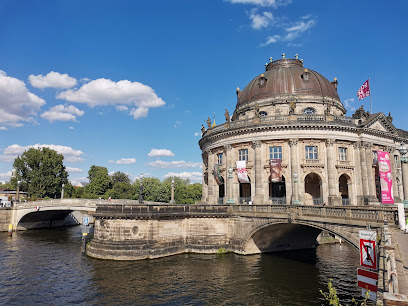
Boulevard Friedrichstrasse
0.4 km
Experience authentic German cuisine in the heart of Berlin at Boulevard Friedrichstrasse, where traditional flavors meet contemporary dining.

Essential places to dine
acht&dreissig
0.1 km
Savor traditional German dishes at acht&dreissig in Berlin, where authentic flavors meet inviting ambiance.
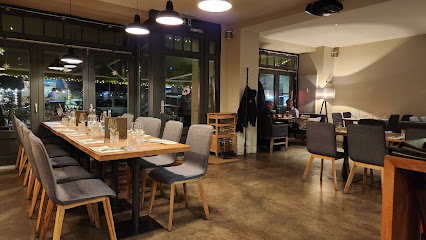
Friedel Richter Restaurant
0.3 km
Experience modern German cuisine at Friedel Richter Restaurant in Berlin's Mitte district – where tradition meets innovation.
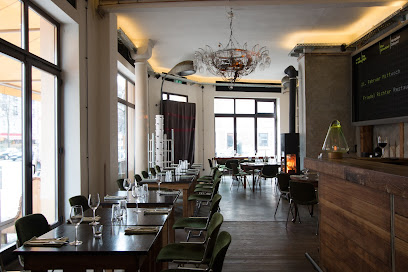
MontRaw Restaurant
0.3 km
Experience authentic Mediterranean cuisine in Berlin's Mitte district at MontRaw Restaurant - where every dish tells a story.
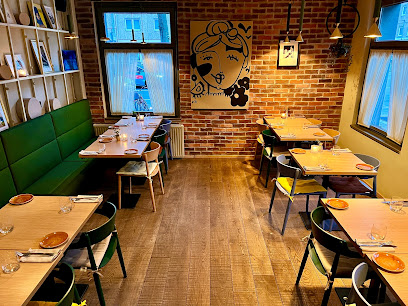
Salamat
0.4 km
Discover authentic Middle Eastern flavors at Salamat in Berlin's Mitte district – where every dish tells a story.
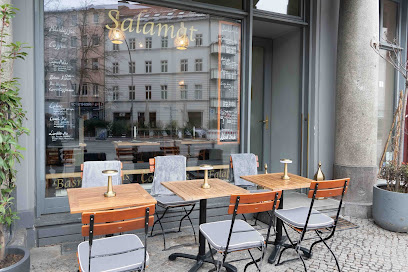
Grill Royal
0.4 km
Experience exceptional steaks and vibrant ambiance at Grill Royal in Berlin’s Mitte district.
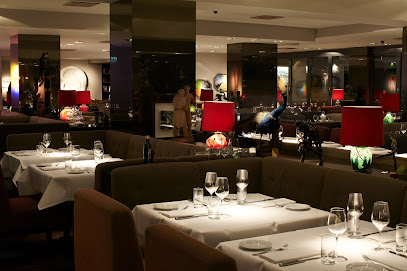
Pantry
0.4 km
Discover an eclectic dining experience at Pantry in Berlin - where fusion cuisine meets elegance in the heart of Mitte.
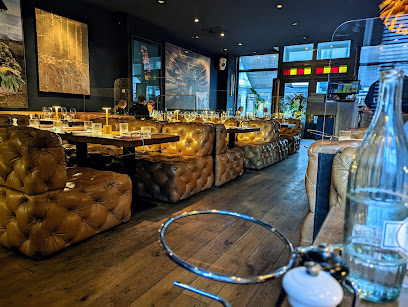
Bandol sur mer
0.4 km
Experience the exquisite flavors and breathtaking scenery of Bandol sur Mer on your next visit to the French Riviera.
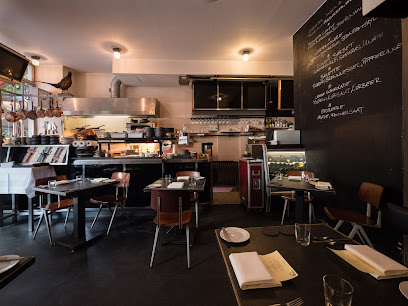
Schnitzelei Mitte
0.5 km
Experience authentic German cuisine at Schnitzelei Mitte, featuring exquisite schnitzels and tapas in Berlin's lively Mitte district.
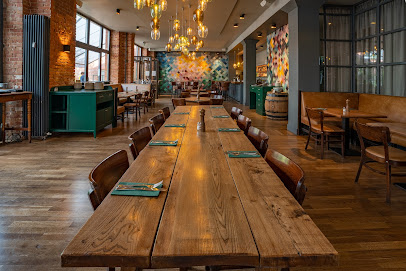
Restaurant Dae Mon
0.5 km
Discover an exquisite fusion of modern European cuisine at Restaurant Dae Mon in Berlin's vibrant Mitte district.

Katz Orange
0.7 km
Discover Katz Orange: An eclectic fine dining experience in Berlin's Mitte district offering exquisite German cuisine and an inviting atmosphere.
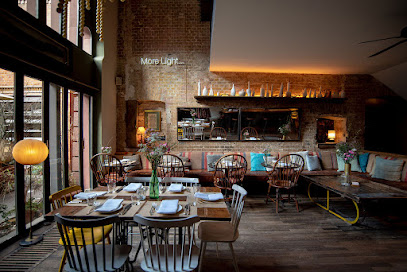
Berliner Republik
0.7 km
Discover Berliner Republik: A Culinary Haven in Berlin's Mitte District Offering Authentic German Cuisine and Lively Atmosphere.
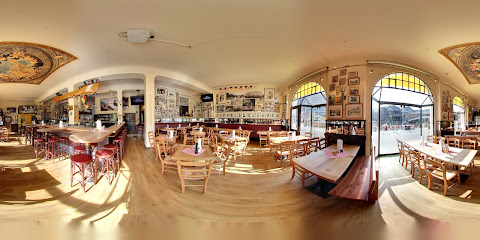
PeterPaul
0.9 km
Discover contemporary German cuisine at PeterPaul in Berlin's Mitte district – where tradition meets innovation in every bite.
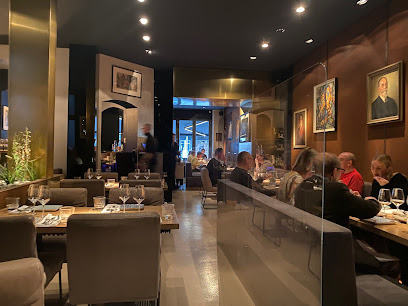
Nante-Eck
1.0 km
Experience authentic German cuisine at Nante-Eck in Berlin’s Mitte district—where tradition meets taste in a cozy atmosphere.

Charlotte & Fritz
1.2 km
Experience the pinnacle of fine dining at Charlotte & Fritz, where exquisite flavors meet elegant ambiance in Berlin's Mitte district.

Bocca di Bacco
1.2 km
Experience authentic Italian cuisine at Bocca di Bacco in Berlin – where tradition meets elegance in every dish.
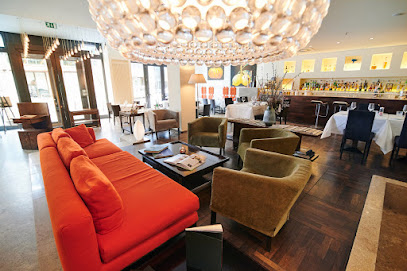
Markets, malls and hidden boutiques
AMPELMANN shop in the Hackescher Markt
0.5 km
Explore the charming AMPELMANN shop in Hackescher Markt for unique Berlin souvenirs that capture the city's spirit and culture.
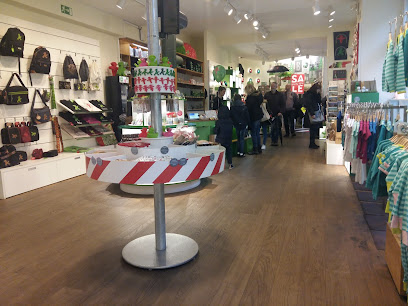
Fashionfouvintage
0.6 km
Explore Fashionfouvintage in Berlin for a unique vintage clothing experience, showcasing timeless styles from various eras that inspire and delight.

Hackesche Höfe
0.7 km
Explore Hackesche Höfe, a vibrant shopping and cultural hub in Berlin, featuring unique shops, diverse dining options, and artistic experiences.
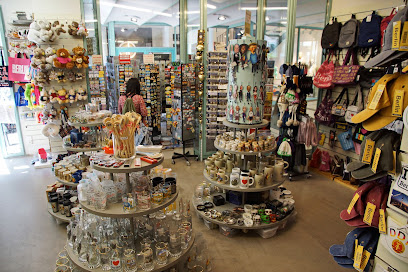
Kauf Dich Glücklich Mode
0.7 km
Discover unique fashion at Kauf Dich Glücklich Mode, a stylish clothing store in Berlin's Mitte district, where creativity meets contemporary style.

A Kind of Guise Store
0.8 km
Explore A Kind of Guise Store in Berlin for unique, high-quality clothing that blends contemporary style with sustainable practices.

RAU Berlin Boutique
0.8 km
Explore the unique fashion offerings at RAU Berlin Boutique, the perfect blend of contemporary style and local craftsmanship in the heart of Berlin.
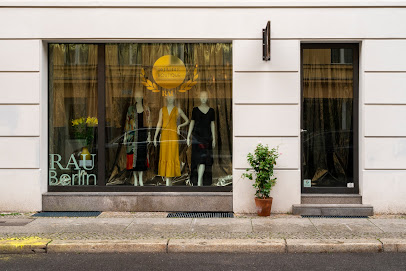
Rotation Boutique / Nachhaltige Mode / Schallplatten
0.8 km
Discover the intersection of sustainable fashion and music at Rotation Boutique in Berlin's Mitte district, where style meets eco-consciousness.

Quadrat Shop Polish Designers and FRIENDS
0.8 km
Explore Quadrat Shop in Berlin for exclusive Polish designer collections that blend tradition with modern fashion trends.
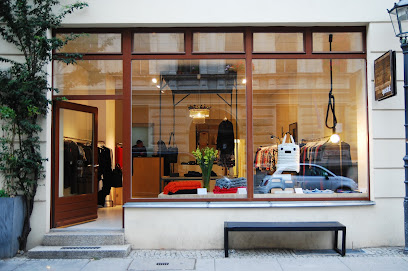
Fête de la Boutique
0.9 km
Discover unique women's fashion and accessories at Fête de la Boutique in Berlin's vibrant Mitte district, where style meets individuality.
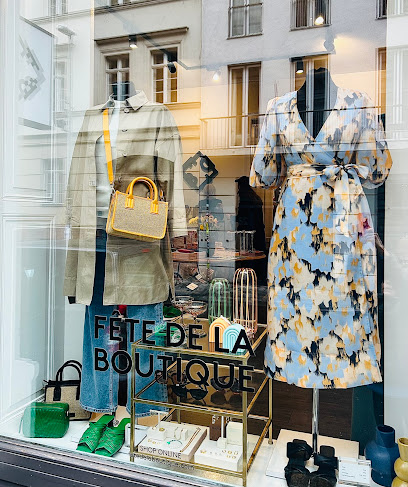
Pick'nWeight - Vintage Kilo Store
0.9 km
Explore the vintage fashion paradise of Berlin at Pick'nWeight - Vintage Kilo Store, where unique styles meet sustainable shopping.

The New Black
1.0 km
Explore unique vintage fashion at The New Black in Berlin's Mitte district, where sustainability meets style in an eclectic clothing experience.

Redbear Berlin
1.0 km
Explore Redbear Berlin, a stylish boutique offering unique fashion pieces in the vibrant Mitte district, perfect for discerning shoppers.

REBECCA Concept Store
1.0 km
Explore the vibrant fashion scene at REBECCA Concept Store in Berlin, where unique style meets contemporary design.
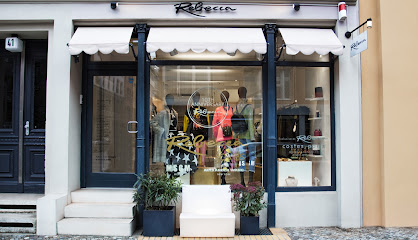
ausberlin
1.0 km
Discover local fashion and unique gifts at ausberlin, a vibrant department store in the heart of Berlin's Mitte district.
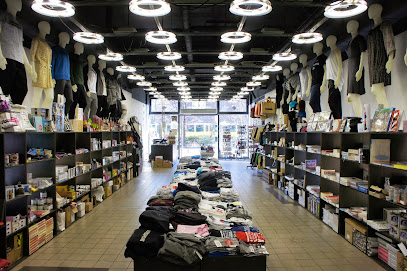
Pauls Chapter Mitte
1.0 km
Experience the charm of sustainable fashion at Pauls Chapter Mitte, Berlin's premier used clothing store, offering unique vintage finds in a stylish setting.
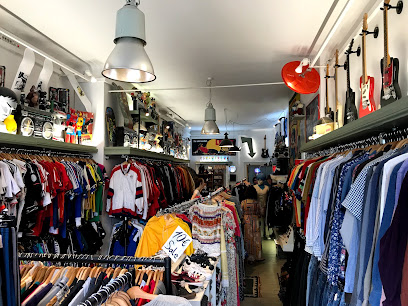
Essential bars & hidden hideouts
X-Terrain
0.1 km
Discover the eclectic vibe of X-Terrain, a unique bar in Berlin's Mitte with creative cocktails and a lively atmosphere perfect for nightlife enthusiasts.

Bar Amélie
0.1 km
Discover Berlin's vibrant cocktail scene at Bar Amélie, where expertly crafted drinks meet a cozy atmosphere in the heart of the city.
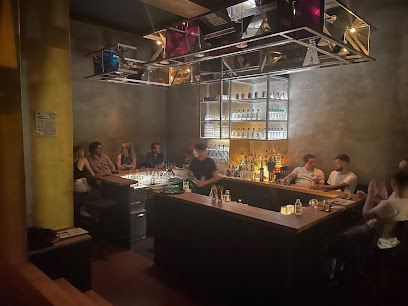
My Bar ICI
0.4 km
Discover the vibrant atmosphere and exquisite drink selection at My Bar ICI, a must-visit bar in the heart of Berlin's Mitte district.
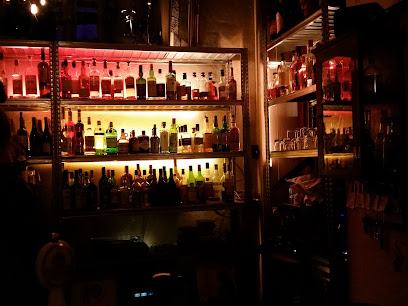
meisterschueler
0.4 km
Discover Meisterschueler in Berlin – a captivating cocktail bar that intertwines art and mixology for an unforgettable experience.
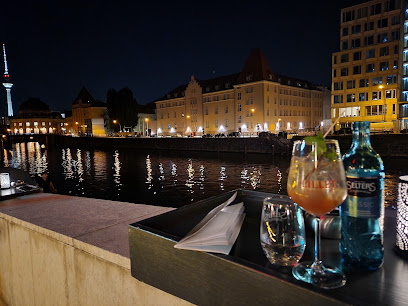
Reingold
0.5 km
Experience the vibrant nightlife of Berlin at Reingold, a cocktail bar in Mitte known for its expertly crafted drinks and lively atmosphere.
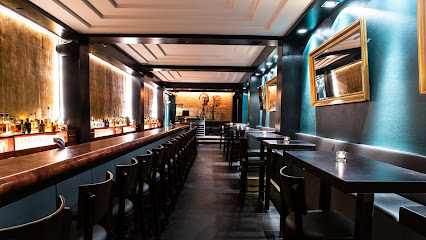
Melody Nelson bar
0.5 km
Discover the vibrant atmosphere of Melody Nelson, Berlin's chic bistro and cocktail bar, perfect for unwinding and socializing.
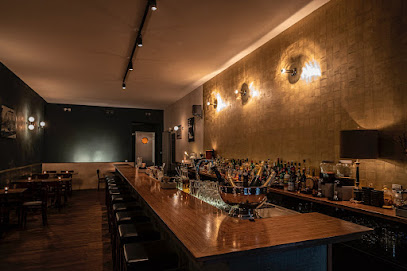
TheCoven Bar
0.6 km
Discover the allure of TheCoven Bar, a cocktail haven in the heart of Berlin's Mitte district, where innovative drinks meet enchanting ambiance.
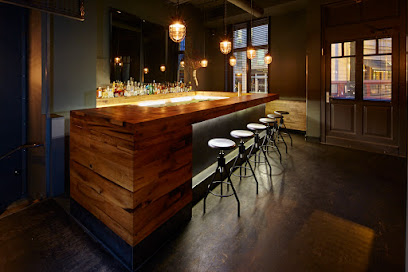
BonBon Bar Berlin
0.6 km
Discover the lively ambiance and eclectic cocktails at BonBon Bar, a must-visit for an unforgettable night out in Berlin's vibrant Mitte district.
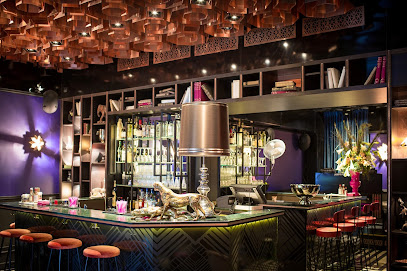
Mein Haus am See
0.7 km
Experience the vibrant fusion of bar, cafe, and nightlife at Mein Haus am See in Berlin's Mitte district, a perfect spot for relaxation and entertainment.
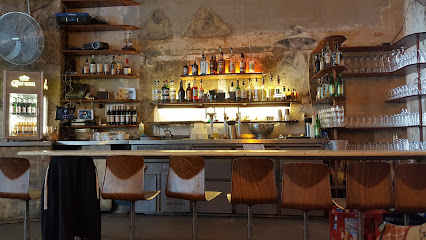
Sharlie Cheen Bar
0.7 km
Discover Sharlie Cheen Bar: A lively Berlin hotspot known for its innovative cocktails and vibrant nightlife experience in the heart of Mitte.
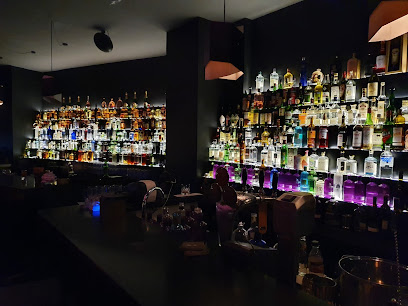
100 Gramm Bar
0.8 km
Discover 100 Gramm Bar in Berlin, the ultimate cocktail destination blending stylish ambiance with unique mixology in the heart of the city.
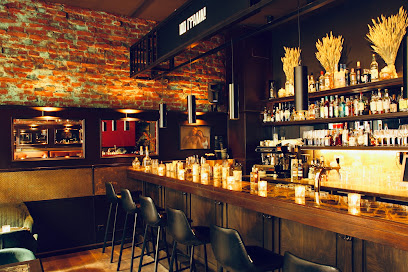
BrewDog Berlin Mitte
0.8 km
Discover the vibrant atmosphere and diverse craft beer selection at BrewDog Berlin Mitte, where every sip tells a story.
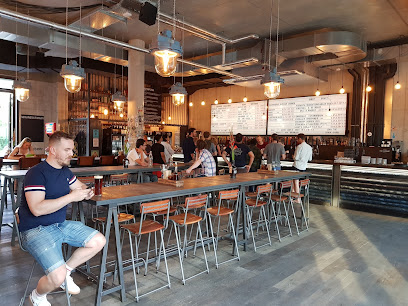
Buck and Breck
0.8 km
Discover Buck and Breck, a stylish cocktail bar in Berlin's Mitte district, where expertly crafted drinks and a cozy atmosphere await.
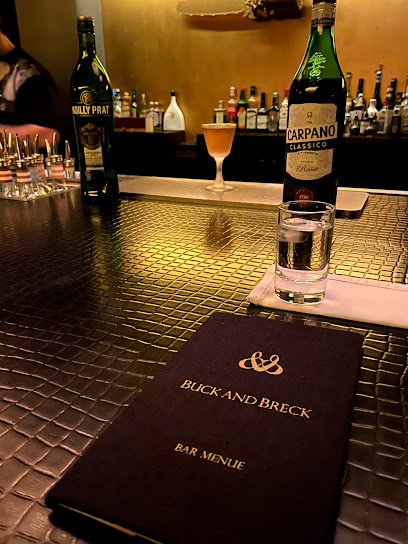
Windhorst
0.9 km
Experience Berlin's vibrant nightlife at Windhorst, an upscale cocktail bar serving exquisite drinks in a stylish atmosphere in the heart of Mitte.
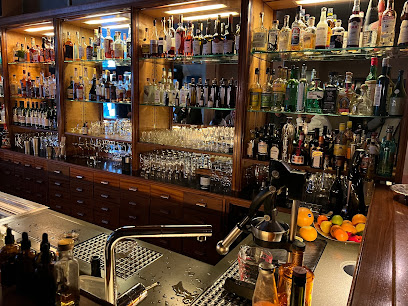
Berlin Icebar
0.9 km
Discover the magic of Berlin Icebar, where cocktails meet ice sculptures for a unique nightlife experience in the heart of the city.
